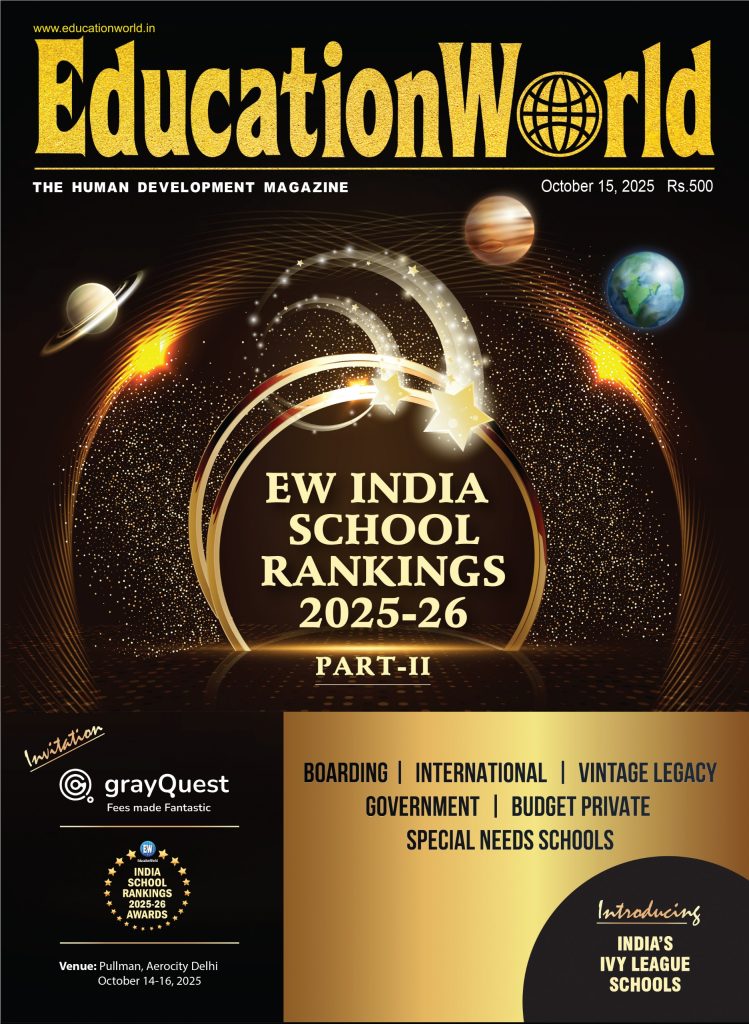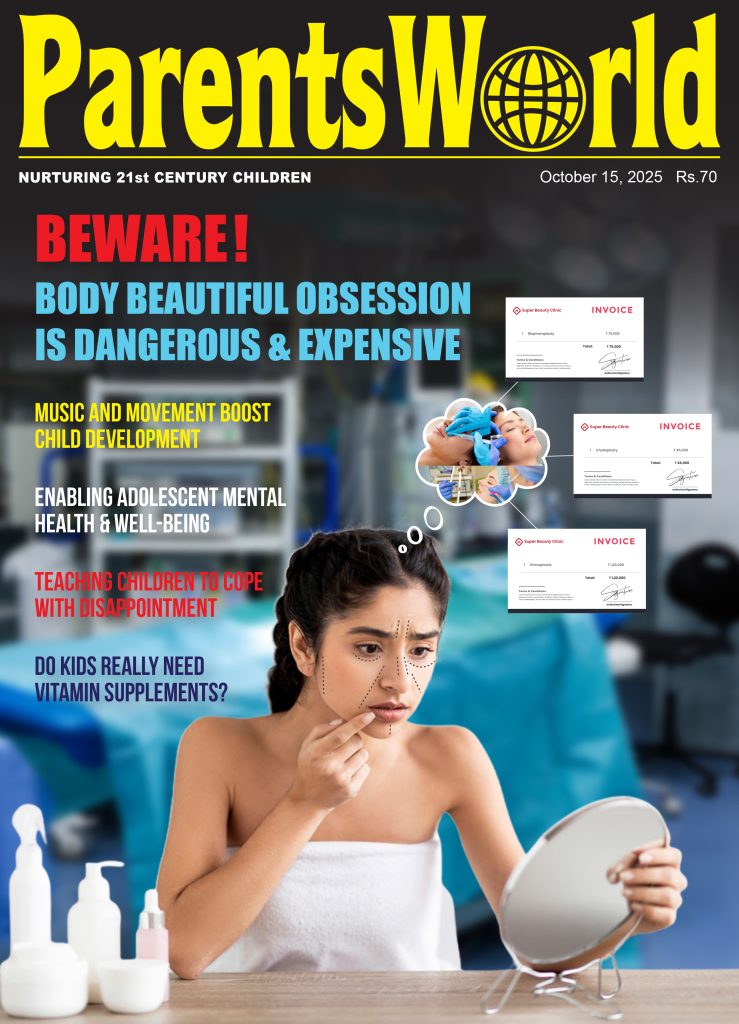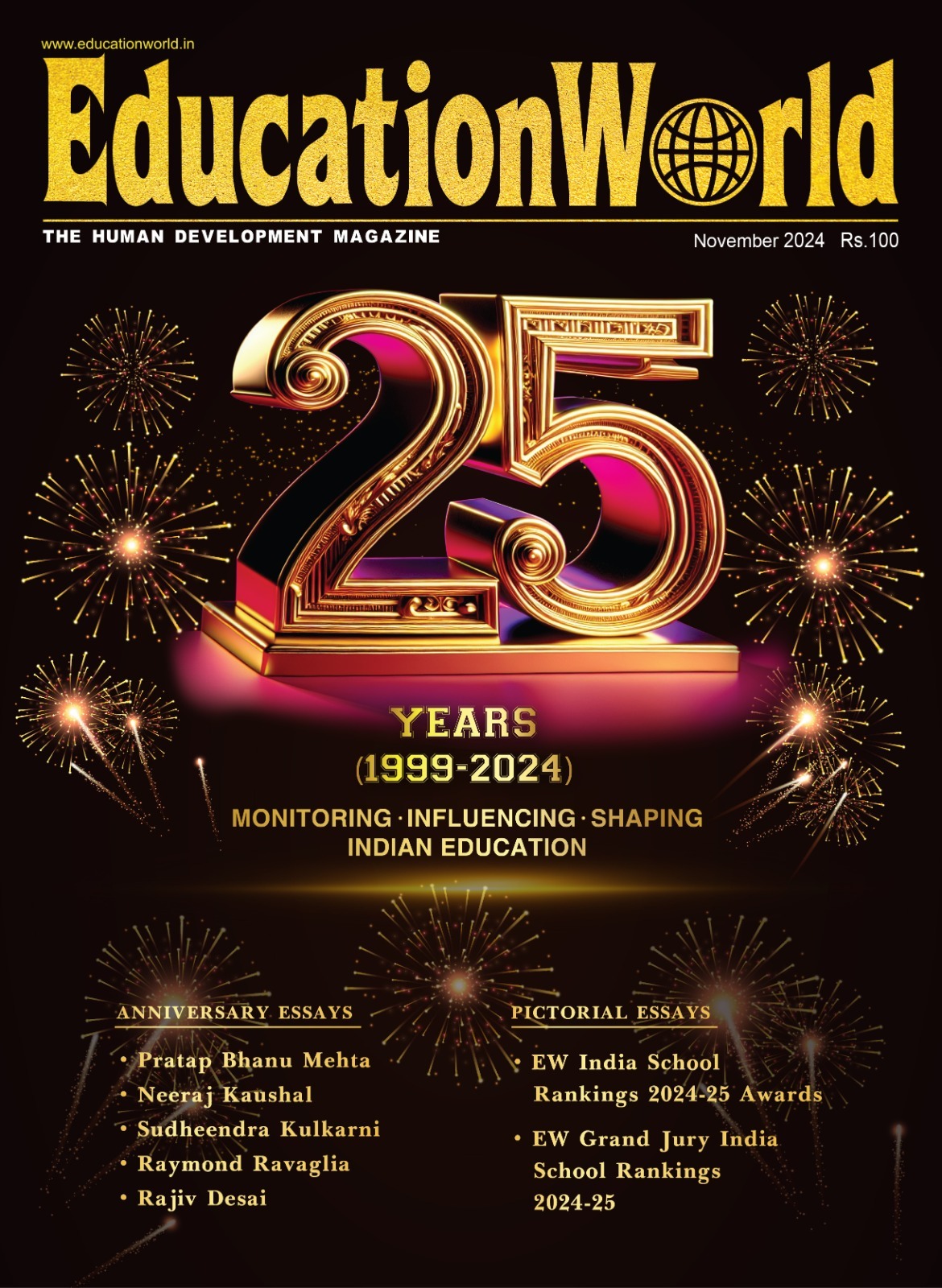Tamil Nadu: Politics-driven SEP 2025
– Shivani Chaturvedi (Chennai)

Anbil Mahesh Poyyamozhi
After a big stand-off against the central government and back-and-forth debates, on September 8, Tamil Nadu’s DMK government has unveiled its much-awaited independent State Education Policy (SEP) 2025.
Tamil Nadu’s SEP 2025 differentiates itself from the National Education Policy (NEP) 2020 presented to the nation by the BJP-led NDA government at the Centre in key areas including language, examinations, and assessment. But with the 2026 legislative assembly elections looming, a rising number of teachers and educationists statewide are beginning to wonder if SEP 2025 is driven by genuine education reform intent or political calculation.
At the heart of SEP 2025 is the state’s two-language formula. That school children should also learn Hindi, the dominant language of the populous plains of North India mandated as a compulsory language by NEP 2020 under its three-languages formula, is conspicuously missing in SEP 2025.
Half a century ago, the three-language formula ‘imposing’ Hindi upon all in-school children countrywide aroused fierce antagonism in culturally and linguistically different peninsular India and Tamil Nadu in particular. In the mid-1960s widespread rioting broke out across Tamil Nadu protesting adoption of Hindi as the sole official (national) language, and for a while there was the possibility that Tamil Nadu might secede from India. This prompted the Congress government at the Centre to postpone the decision to introduce Hindi as the sole official language and indefinitely extend usage of English as the associate official language and the language of business, upper judiciary and link language of governance and administration between the states.
Since then despite the best efforts of Hindi language warriors, a workable status quo had prevailed on the language issue. This arrangement was disturbed by NEP 2020 which resurrected the three-languages formula, prompting Tamil Nadu (and Karnataka) to reject NEP 2020, and promulgate their own SEP contending that education is a subject on the Concurrent list of the Constitution with state governments also permitted to legislate on it.
TN education minister Anbil Mahesh Poyyamozhi describes SEP 2025 as a document that reflects Tamil Nadu’s “unique socio-cultural and linguistic context” while simultaneously preparing the state’s youth for a global future. Yet not a few educationists believe that it is driven by votes-catching Tamil identity politics than genuine education reform zeal.
Advocate M.J. John Arokia Prabhu, vice president of the Tamil Nadu Private Schools Association, apprehends a growing divide in TN’s civil society. “Private aided schools still have the option to teach Hindi but government and aided schools don’t. When Tamil children venture beyond Tamil Nadu — for college or employment — they will struggle to communicate, especially in northern states where Hindi is the lingua franca. By trying to protect the Tamil identity, we may be closing doors for future generations,” says Arokia Prabhu.
Moreover, Tamil Nadu’s SEP 2025 adheres to the traditional 10+2 schooling structure, choosing not to adopt the 5+3+3+4 structure which mandates three years of compulsory early years education for children aged 3-6. Another key decision is retaining classes X and XII compulsory board exams whereas under NEP 2020, the class X exam is optional.
TN’s SEP 2025 also mandates that no child shall be detained in any class until completion of class VIII. On the other hand, last year the Central government amended NEP 2020 rules to scrap the no-detention policy. For many parents, however, these departures from NEP 2020 are more form than substance.
While the state government has dressed up its SEP 2025 as a progressive education reform initiative that will give Tamil Nadu an edge in K-12 education, SEP 2025 doesn’t suggest ways and means to improve the literacy rate of 80.1 percent (census 2011), and iron out deep regional disparities. The state’s 11 million children are enroled in 58,000 schools, of which 37,000 are government or aided institutions. And the number of dropouts is rising, according to the Unified District Information System for Education Plus (UDISE+) 2024 report. “Schools in most districts lack the most basic facilities. Unless they are upgraded, the promise of equity will remain unfulfilled,” says R. Murugan, a government school teacher in Villupuram district.
Almost a decade ago in Associated Management of English Medium Primary & Secondary Schools vs State of Karnataka (2014), the Supreme Court ruled that languages children learn is the choice of parents. It’s a pity that neither NEP 2020 nor language chauvinist state governments have respected this verdict. The cost will be borne by children when they become adults.
















Add comment